3 January 2025
When someone mentions "cholesterol," what's the first thing that comes to mind? If you're like most people, it's probably about "good" and "bad" numbers or that awkward talk with your doctor nudging you to eat fewer burgers. But here's the thing: cholesterol is more than just a number game. It’s about balance—like trying to walk a tightrope without teetering too far to one side. So, let’s dig a little deeper and explore why getting your cholesterol levels right matters more than obsessing over a single number.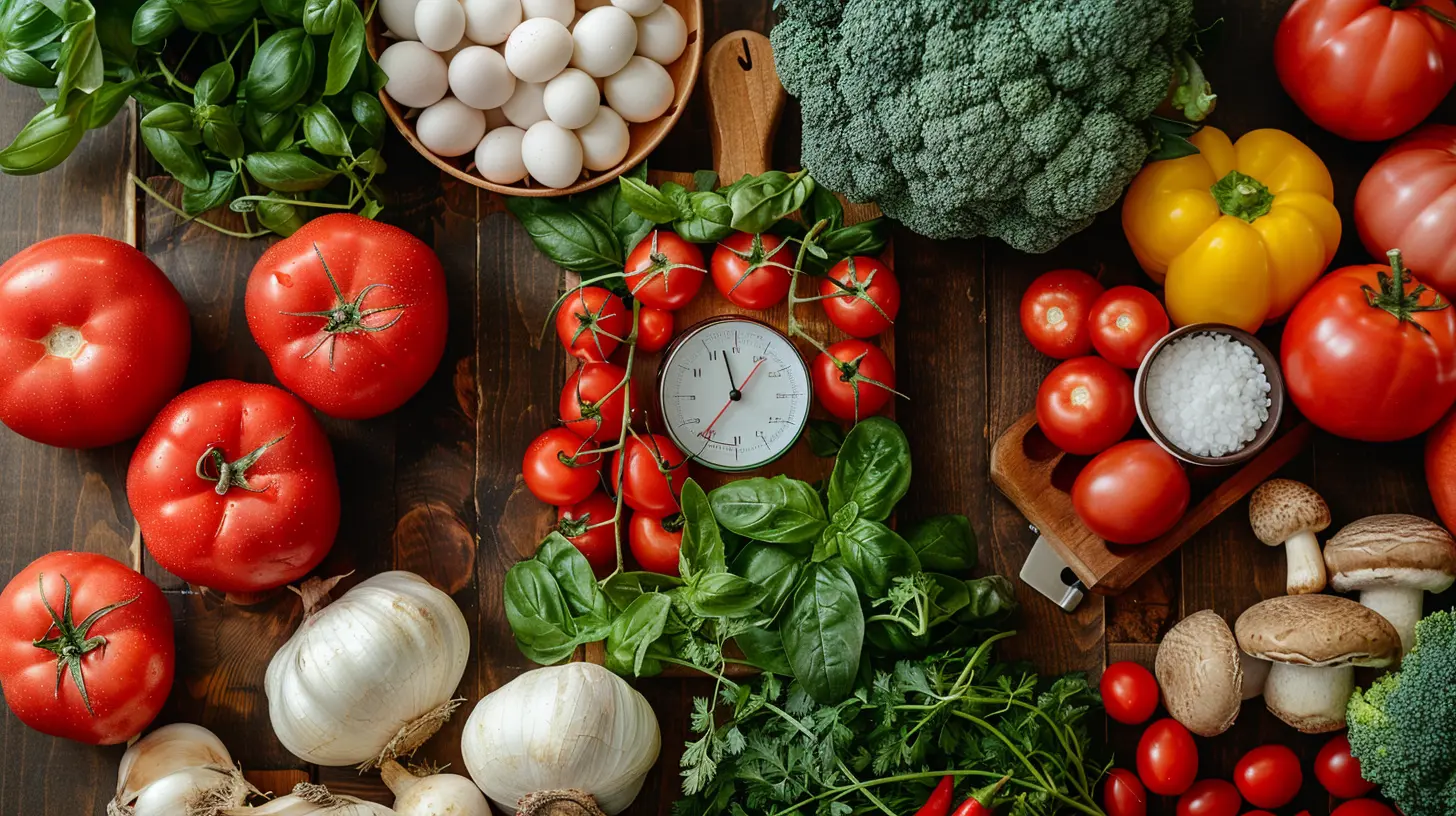
What Is Cholesterol, Anyway?
Alright, before we go any further, let’s get on the same page. Cholesterol is a waxy, fat-like substance that your body actually needs. Yep, you heard that right—it's not the villain it's made out to be. Your body uses cholesterol to build cells, produce hormones, and even make vitamin D.But there’s a catch (isn’t there always?)—too much cholesterol in the wrong places can lead to big health issues, like clogged arteries, heart attacks, and strokes. It’s like salt in a soup: just enough can make the soup taste amazing, but too much, and it’s a disaster. 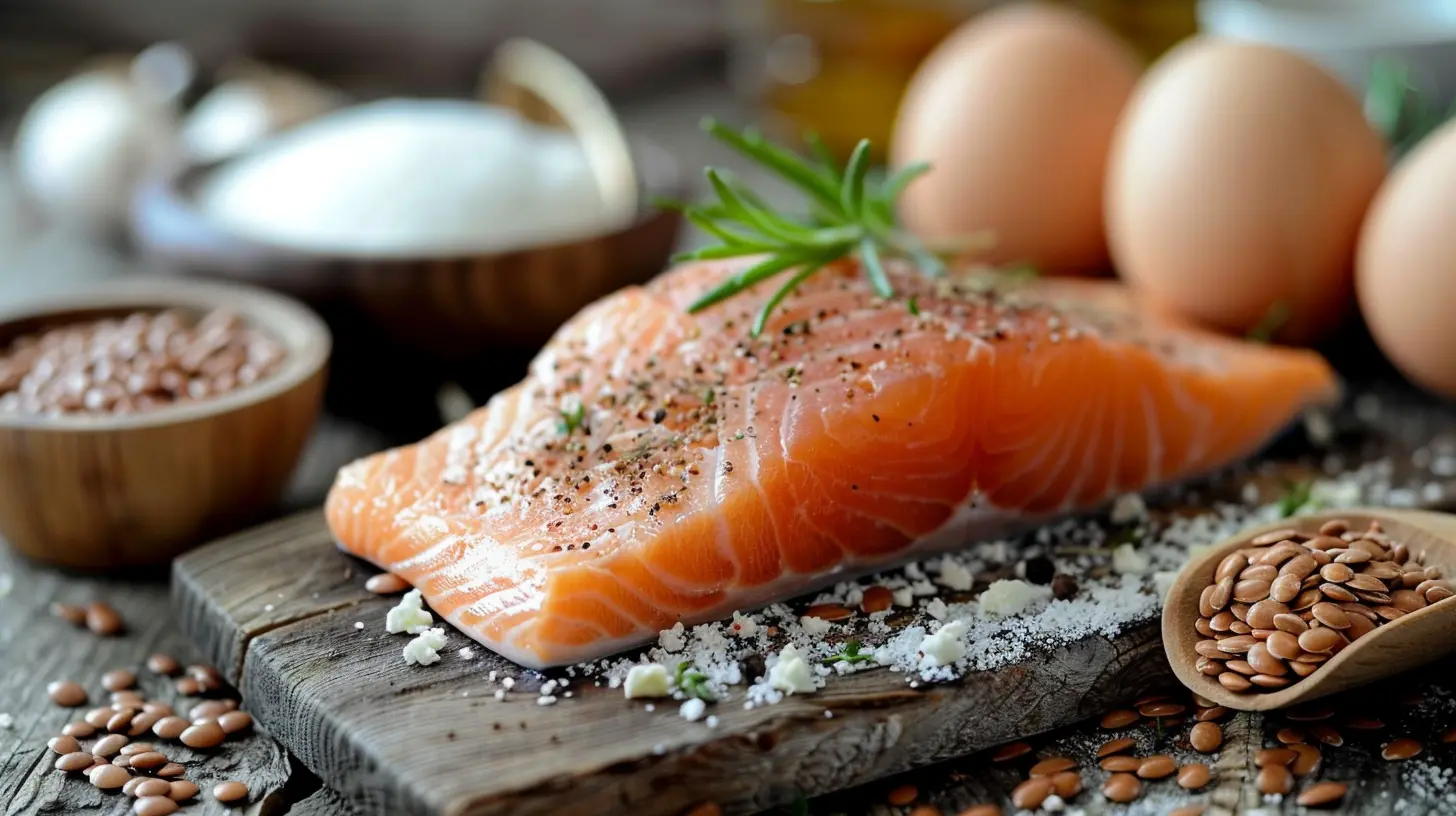
Good vs. Bad Cholesterol: What’s the Difference?
Alright, let’s break it down. Cholesterol doesn’t just float around in your bloodstream all by itself. Nope, it hitches a ride on proteins, forming what’s called lipoproteins. These lipoproteins are what we usually refer to when we talk about "good" and "bad" cholesterol.1. LDL: The “Bad” Guy
LDL stands for low-density lipoprotein, and it’s often labeled the “bad” cholesterol. Why? Because when you have too much LDL, it can build up in your arteries, forming plaque. Think of it as gunky grease clogging up a pipe in your kitchen sink. Too much clogging, and boom—you’ve got a plumbing (or in this case, cardiovascular) problem.2. HDL: The “Good” Guy
HDL (high-density lipoprotein) is the superhero in this story. It works as a cleanup crew, scooping up excess cholesterol and carting it off to your liver, where it gets flushed out of your body. Basically, HDL keeps LDL in check. It’s like the tidy friend who cleans up after the messy roommate.
Why Balance Beats a “Perfect Number”
You’ve probably read somewhere that cholesterol levels should be under a certain number (like 200 mg/dL total cholesterol, for instance). But here’s the deal: focusing solely on that number can be misleading. It's like judging a book by its cover or deciding whether a cake tastes good just by its frosting. There’s so much more going on underneath.A healthy cholesterol balance means keeping your LDL low and your HDL high—but also looking at other factors, like triglycerides and overall inflammation in your body. Think of it like this: It’s not just about how many bricks are in a wall; it’s about how those bricks are stacked.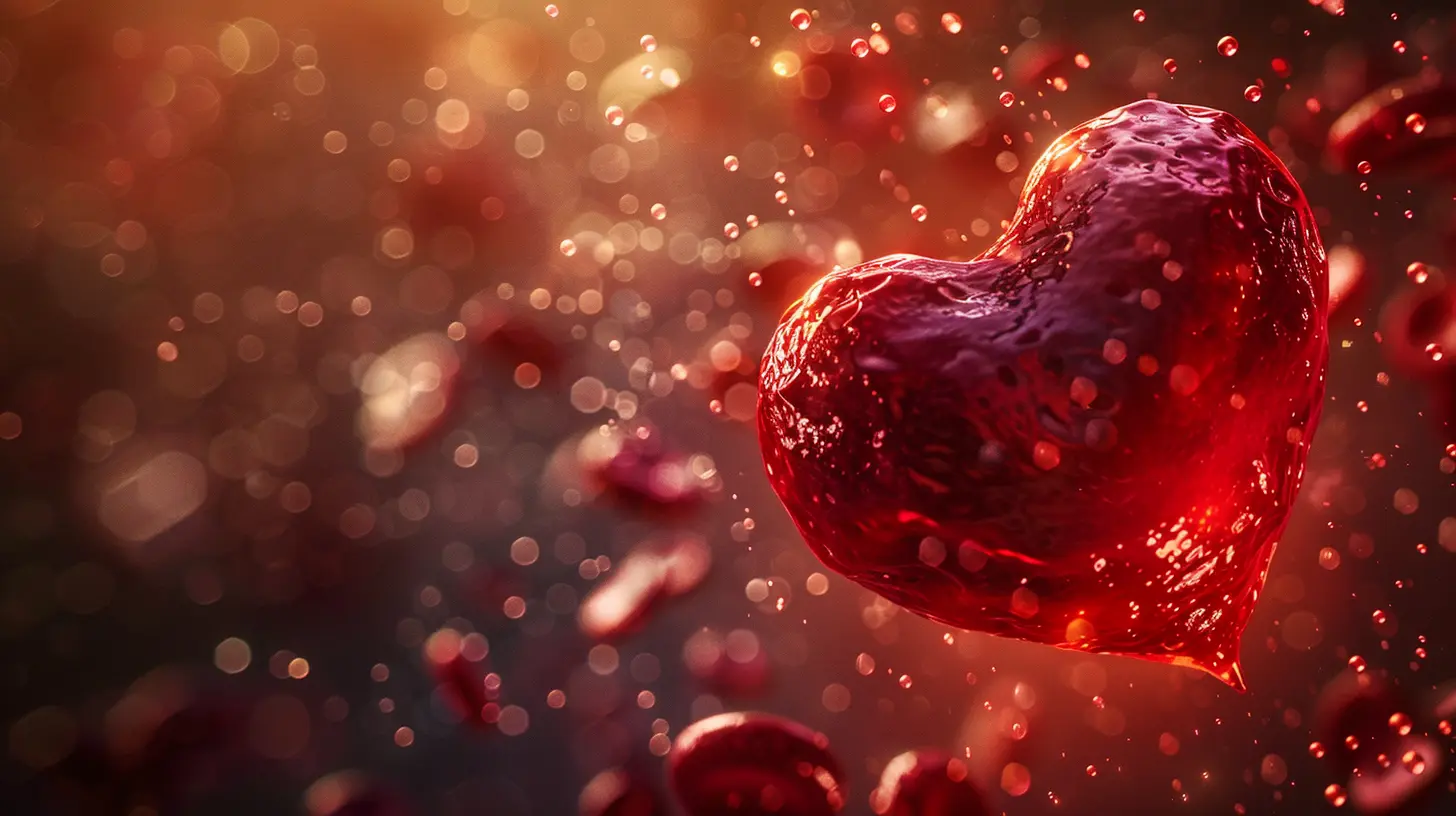
What Happens When Cholesterol Goes Out of Whack?
When your cholesterol levels are out of balance, it can set the stage for some pretty serious health problems. Let’s break it down:1. Heart Disease and Stroke
When LDL cholesterol builds up as plaque in your arteries, it narrows them, cutting down blood flow. If a chunk of that plaque breaks off, it can block your arteries entirely—think of a traffic jam during rush hour. This can lead to heart attacks and strokes, which, needless to say, aren't exactly ideal.2. Peripheral Artery Disease (PAD)
This is like a traffic jam for the blood vessels in your arms and legs. PAD can cause pain while walking, and if it’s left untreated, it can lead to even bigger problems like infections or tissue damage.3. Gallstones
Did you know cholesterol is a key ingredient in gallstones? When there's too much cholesterol in your bile, it can crystallize into stones, which are about as fun as stepping on a Lego barefoot.Factors That Throw Cholesterol Balance Off-Kilter
So what throws your cholesterol levels out of balance? While genetics plays a role (thanks, Mom and Dad), lifestyle factors often tip the scales.1. Diet
If your plate is regularly piled high with saturated fats (think buttery pastries, fried foods, and fatty cuts of meat), your LDL levels might skyrocket. On the flip side, eating foods rich in fiber—like oats and veggies—can help keep LDL in check.2. Lack of Exercise
Not moving around much? That could lower your HDL levels. Regular exercise not only boosts HDL but also helps lower triglycerides, another type of fat lurking in your blood.3. Smoking
Lighting up a cigarette damages your blood vessels and lowers your HDL levels. It’s like adding fuel to an already smoldering fire.4. Stress
Chronic stress can mess with your hormones, raising your cholesterol levels and causing all sorts of chaos in your body. When you're stressed, you're more likely to turn to comfort foods that aren’t doing your cholesterol any favors.How to Keep Cholesterol in Check
Now that we’ve discussed why balance matters, let’s talk about how you can work on it. Here are some practical, no-nonsense tips to keep your cholesterol levels in harmony:1. Eat Heart-Healthy Foods
Make friends with foods that are good for your heart. Think nuts, avocados, fatty fish like salmon, whole grains, leafy greens, and fruits like berries. Also, try to swap saturated fats (like butter) with healthier fats, such as olive oil.2. Get Moving
Even moderate exercise, like brisk walking for 30 minutes a day, can make a big difference. It’s like giving your HDL a pep talk, saying, “Hey, you can do this!”3. Kick the Smoking Habit
If you smoke, quitting is one of the best things you can do for your cholesterol—and your overall health.4. Watch Your Weight
Carrying extra weight, particularly around your midsection, can raise your LDL and triglycerides while lowering your HDL. Losing even a few pounds can have a big impact.5. Limit Sugary and Processed Foods
Added sugars and ultra-processed foods can spike your triglycerides and mess up your balance. They’re like that friend who’s fine in small doses but a total disaster if you hang out too often.Myth-Busting: Does Eating Cholesterol-Rich Foods Hurt You?
Here’s a fun fact that trips people up: eating cholesterol-rich foods, like eggs and shellfish, doesn’t automatically raise your blood cholesterol levels. What’s more important is the type of fat in your diet. Saturated fats and trans fats are the real troublemakers, while healthy fats like those in avocados and nuts are your allies.Do You Need Medication?
Sometimes, even your best efforts with diet and exercise may not be enough, especially if genetics are working against you. In those cases, your doctor might prescribe medications like statins to help lower your LDL levels. Think of them as a safety net—but they’re not an excuse to neglect your lifestyle habits.Final Thoughts
Cholesterol is more than just a number your doctor circles on a test result. It’s a delicate dance between LDL, HDL, and triglycerides—a balance that can either keep your heart ticking happily or lead to serious complications. Instead of getting fixated on one number, shift your focus to building healthy habits that support overall cholesterol balance. Remember, it’s about living your best (and healthiest) life, not chasing some magic figure.So, take a deep breath, ditch the stress, and start making those small, sustainable changes today. Your heart will thank you.




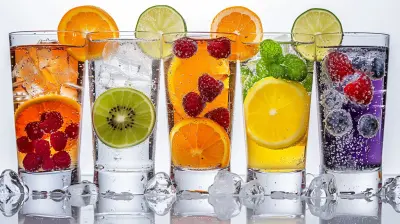
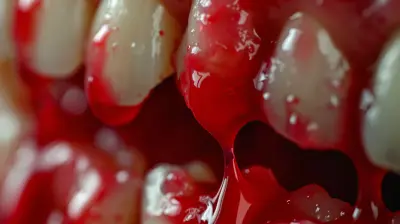


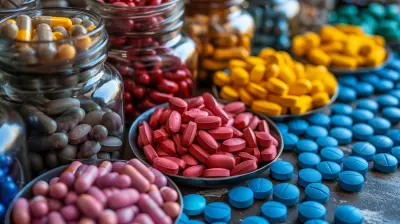

Hesper Newman
Great insights! Balance is key for health!
April 5, 2025 at 3:49 AM